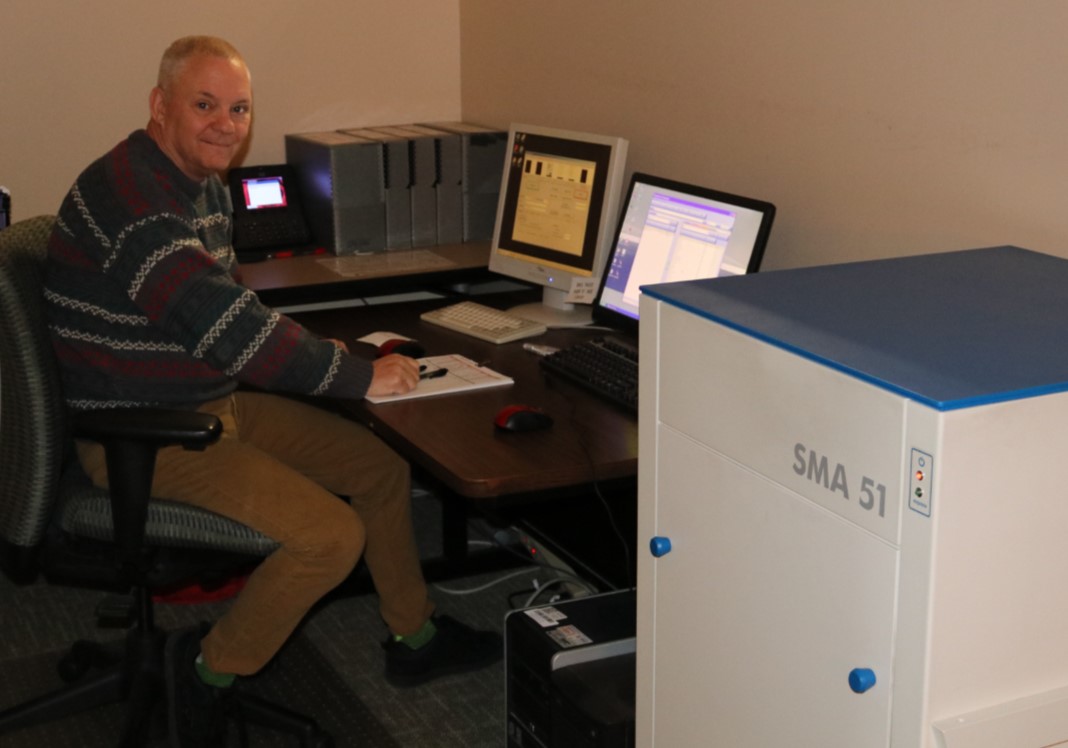
Reformatting in the Digital World
In an effort to highlight the different aspects of the archival work here at the Utah State Archives and Records Service, we have created a new blog series about our Reformatting Section. We will discuss our Reformatting Team’s interesting projects and technologies that affect our efforts to make our government’s records more accessible.
Microfilm is still recognized as a durable medium for permanent records, with an estimated lifespan of more than 500 years when properly manufactured, processed, and stored.[1] Also, micrographic technology has been around for more than 70 years, so there is a well-developed set of standards that, when followed, assure high quality, longevity, and compatibility. These standards are set by organizations such as American National Standards Institute (ANSI) and the Association of Information and Image Management (AIIM).
Yet, as we all know, many of our records today are being created in digital formats (also known as “born digital”) or created in paper and then scanned to create digital records (also known as digitization). The question is how we can merge these technologies together. How can we preserve the emerging digital images in the more stable micrographic format? While the answer is still not complete we have begun working our way towards a solution.

The Staude SMA digital film converter with the front cover off
In 2008, Utah’s county offices were beginning to look at the Archives Writers that turn digital images into microfilm. After many discussions, the Utah State Archives worked with 14 counties to purchase a Staude SMA digital film converter that ingests digital images and converts them to microfilm. This eliminated the need for each county to purchase their own Archive Writers or SMA’s. Instead, the government agencies could send their digital images to the SMA to be processed and turned into rolls of microfilm for a minimal cost.
Today, the Utah State Archives Reformatting Team works with over 30 agencies and has run more than 3,500 rolls of microfilm through the digital film converter. This year our SMA is on track to create 900 rolls of microfilm. The agencies we work with are satisfied with the ease of the operation and they appreciate the annual savings.
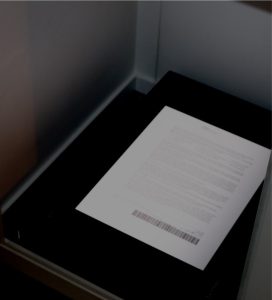
A digital document flashing across the SMA’s screen. Images are captured by a camera and then the film is processed in our microphotography lab.
We understand that this is just a stop-gap measure while we wait for technology to catch up to our preservation needs. This SMA can only process JPEG or TIFF images. We can’t send an excel spreadsheet through the process unless it is an image of the spreadsheet (which has been done). So while we understand the limitations of the machine, we find that it is a perfect fit for the preservation and access of scanned documents or born digital images. The records sent to us by the agencies are available to their patrons in their offices. The microfilm produced by the machine is stored long term here at the Archives in a controlled environment for safe keeping. The Archives can also provide access to the public records stored here through our Research room.
The SMA is a great fit for all parties involved. For now, it will bridge the gap between the digital world and our preservation needs as we wait for the next stage of our ever evolving technology.
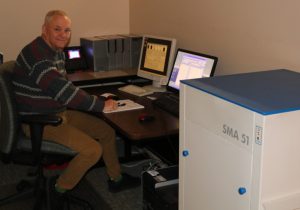
Brian Carpenter working at the Staude SMA digital film converter
Sources
[1] Steve Dalton, 6.1 Microfilm and Microfiche, Northeast Document Conservation Center, accessed November 28, 2017, https://www.nedcc.org/free-resources/preservation-leaflets/6.-reformatting/6.1-microfilm-and-microfiche.
Recent Posts
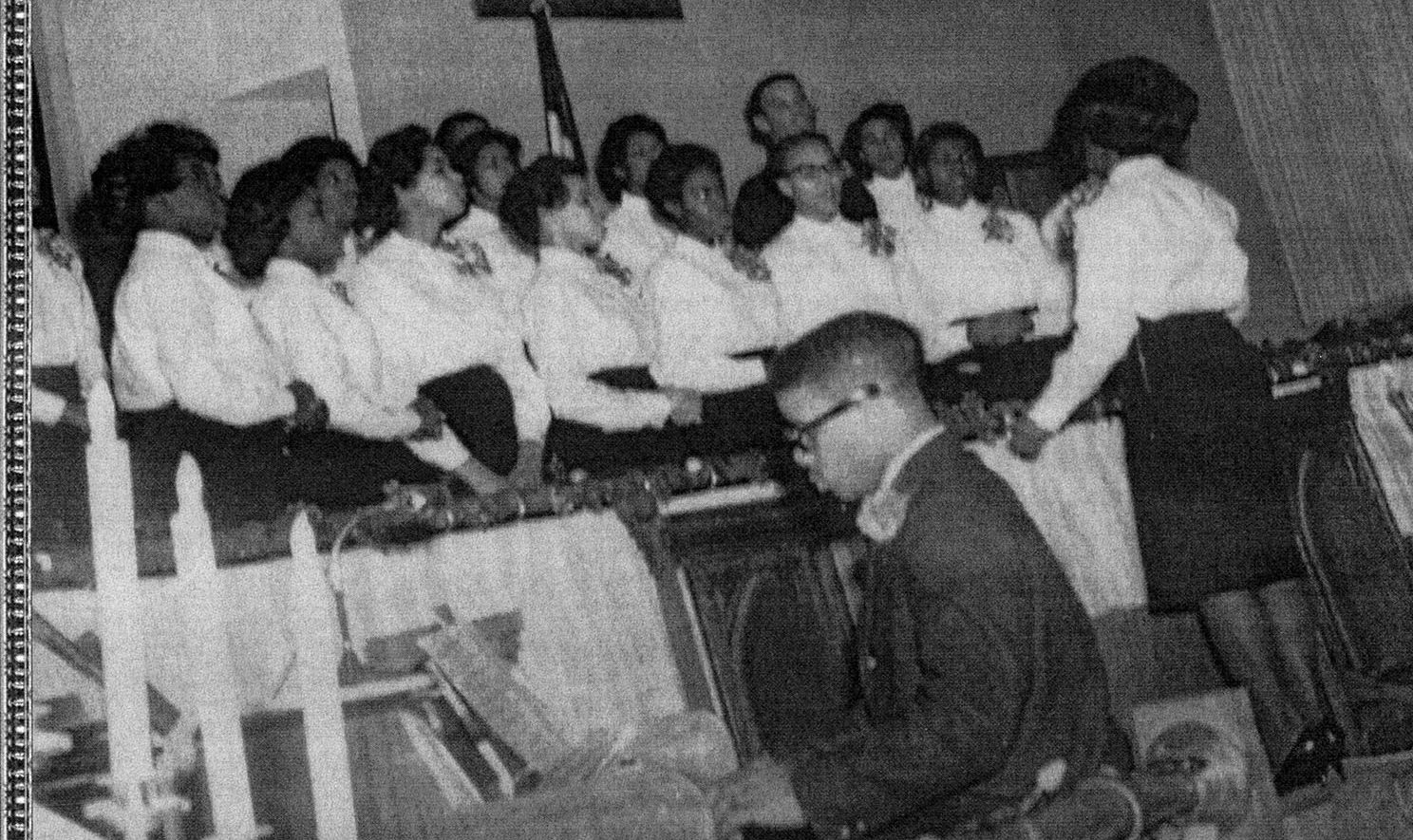
From Pews to Pixels: Weber State’s Stewart Library Digitizes New Zion Baptist Church’s Legacy
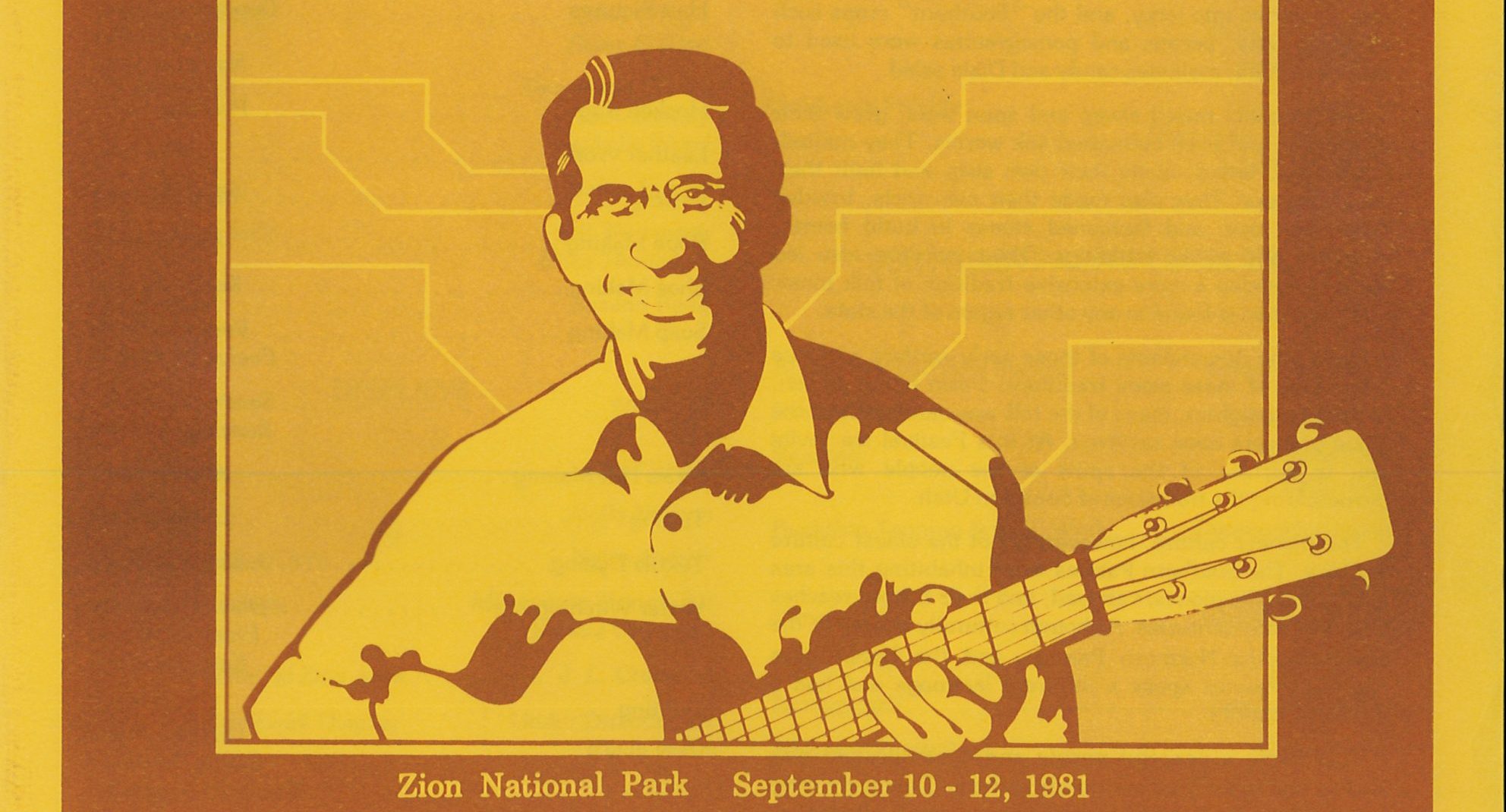
New Finding Aids at the Archives: March 2024
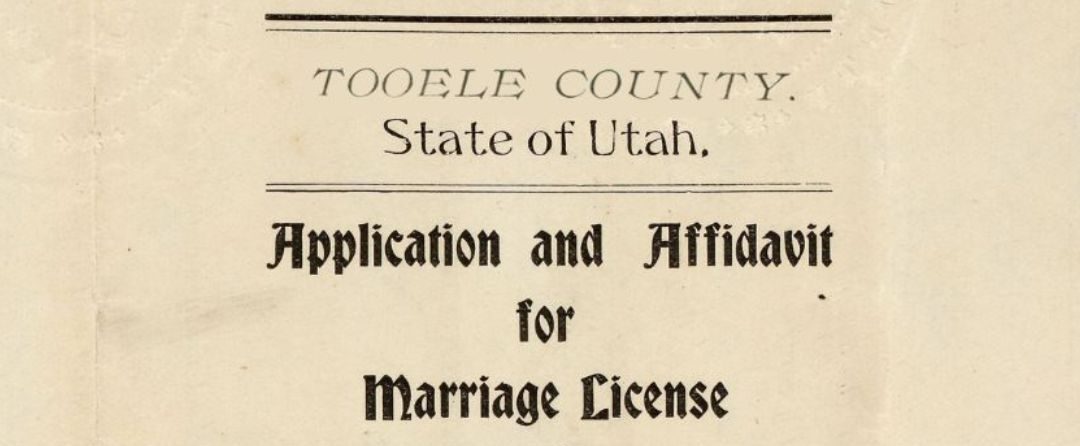
Sealing the Deal: Tooele County Clerk’s Office Unlocks the Vault with Historic Marriage Records
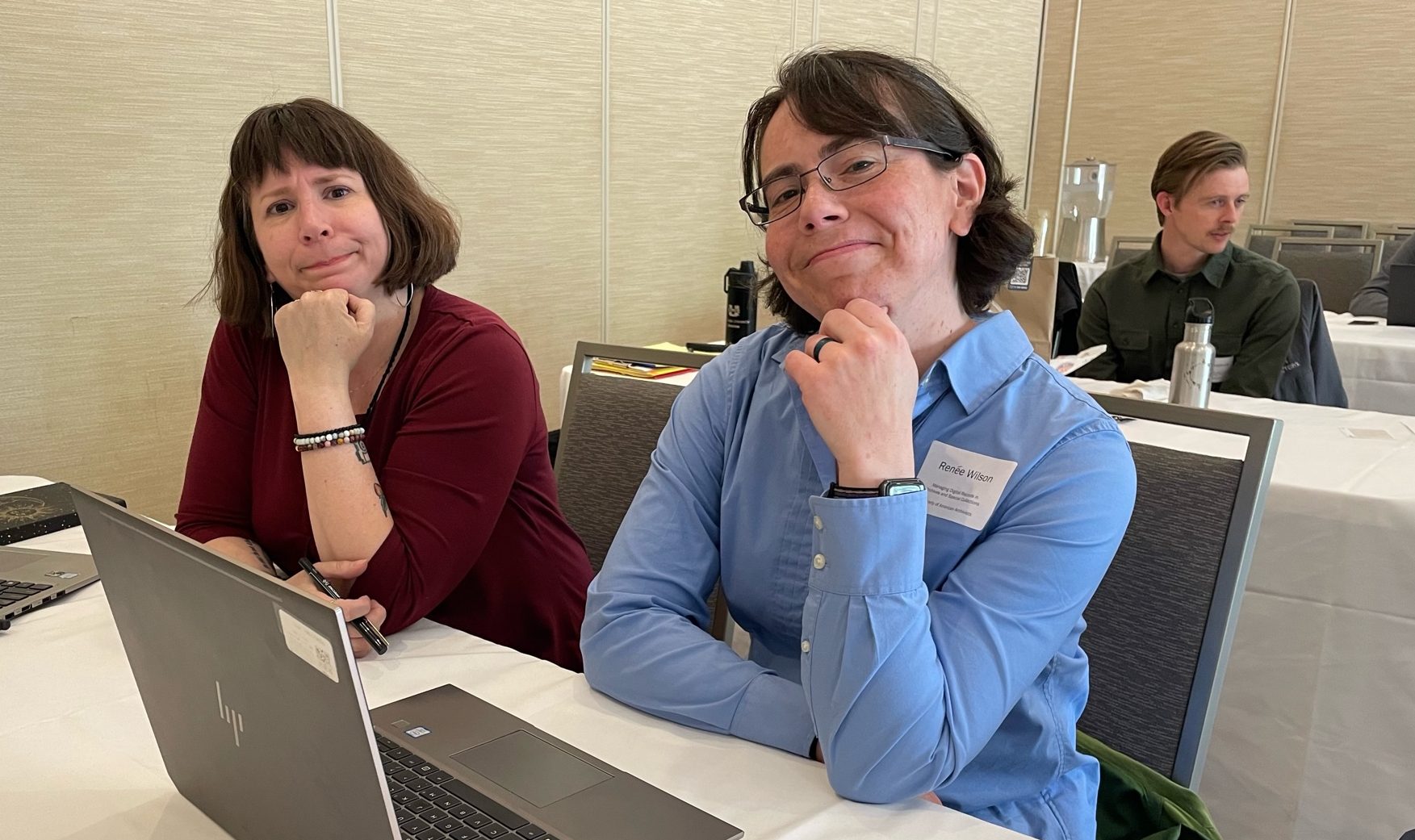
Summer 2024 Internships
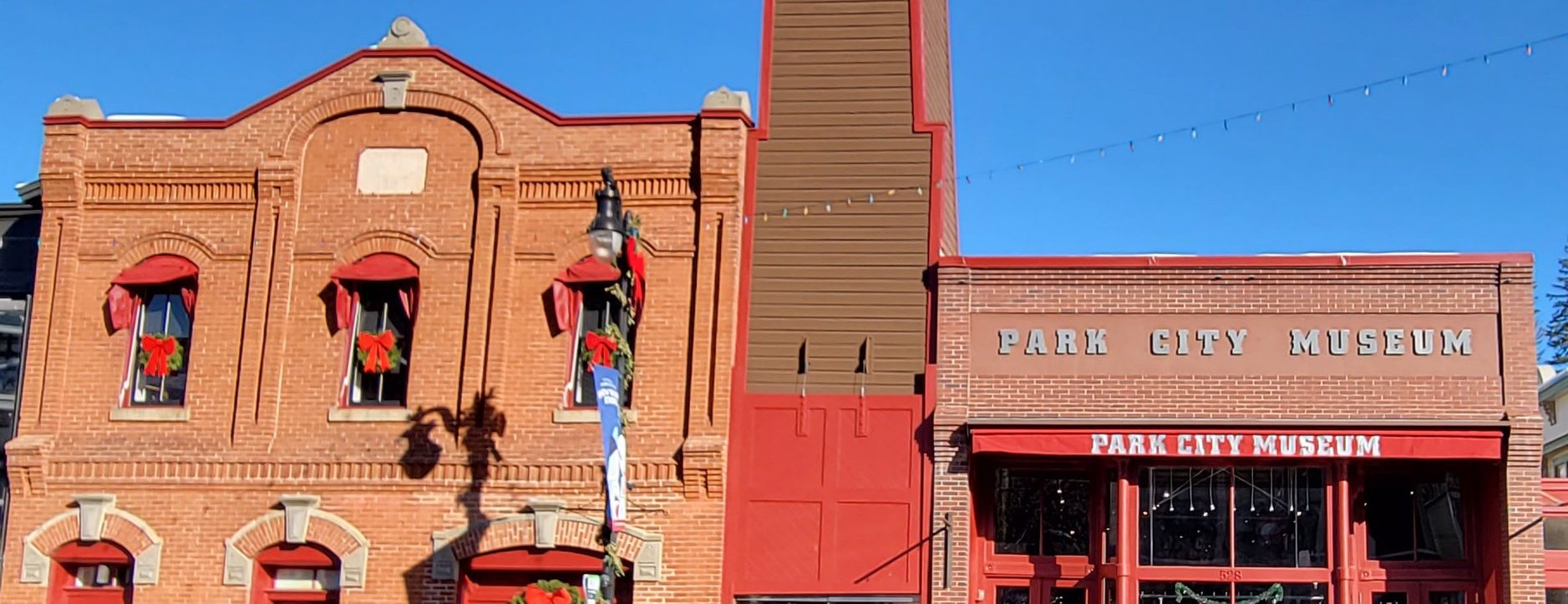
Developing History: Park City Museum’s Snapshot into the Past
Authors
Categories
- Digital Archives/
- Electronic Records/
- Finding Aids/
- General Retention Schedules/
- GRAMA/
- Guidelines/
- History/
- Legislative Updates/
- News and Events/
- Open Government/
- Records Access/
- Records Management/
- Records Officer Spotlights/
- Research/
- Research Guides/
- State Records Committee/
- Training/
- Uncategorized/
- Utah State Historical Records Advisory Board/